Laser Welding Aluminum Foil

It can be seen that the tension shear loads are very low without aluminum interlayer in both single and dual beam laser welding joints.
Laser welding aluminum foil. Advances in laser keyhole welding and investigations into its accompanying difficulties are well documented in the literature. In the past aluminum s high reflectivity was a problem for laser welding. Vaporizing foil actuator welding vfaw uses the pressure from an electrically driven explosion to impact weld dissimilar metals at high speed. Here the welding of 100 µm thick aluminum foils in lap joints is investigated.
This cutting process uses single pulse processing and the maximum cutting speed at any given frequency is determined by the combination of spot diameter and pulse repetition frequency in order to avoid pulse to pulse spot separation. Cutting aluminium foil redenergy g4 50w hs h. We are experts north of boston massachusetts in the field of welding steel and aluminum together and other dissimilar metals or hybrids and alloys. There are several different types of lasers that work well with aluminum and often the use of a cover gas is prudent.
Welded medical devices surgical tools dental plastics. High brilliance lasers allow fast low heat deep penetration laser welding to produce narrow seams even in metal foils. Laser beam welding can be used with crack sensitive materials such as the 6000 series of aluminum alloys when combined with an appropriate filler material such as 4032 or 4047 aluminum. However with the evolution of high power good beam quality carbon dioxide co 2 lasers and the advent of high power high brightness solid state fiber delivered lasers coupling the energy into aluminum is no longer an issue.
Laser conduction welding lcw 10 6 w cm 2 is comparatively stable and may offer an alternative means of welding traditionally difficult materials such as aluminum alloys. This all happens within millionths of a second with impact speeds about. It does this by changing a thin metal foil from a solid to a gas and using the pressure to push one base metal over a short controlled distance toward another base metal. Gaps of 80 of the foil thickness were bridged.
The relationship between aluminum interlayer thickness and tensile shear load per unit length is shown in figure 5 for single and dual beam laser welding joints.
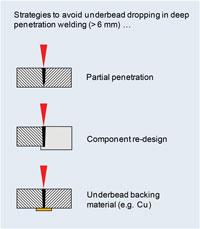

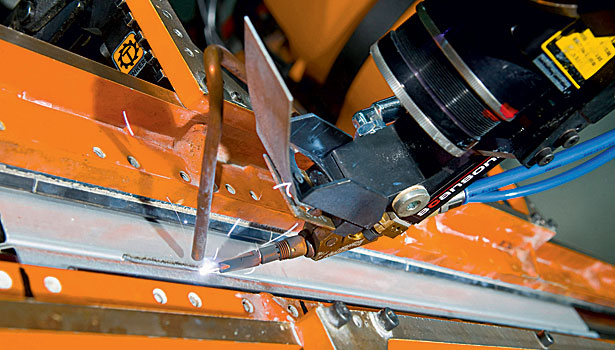

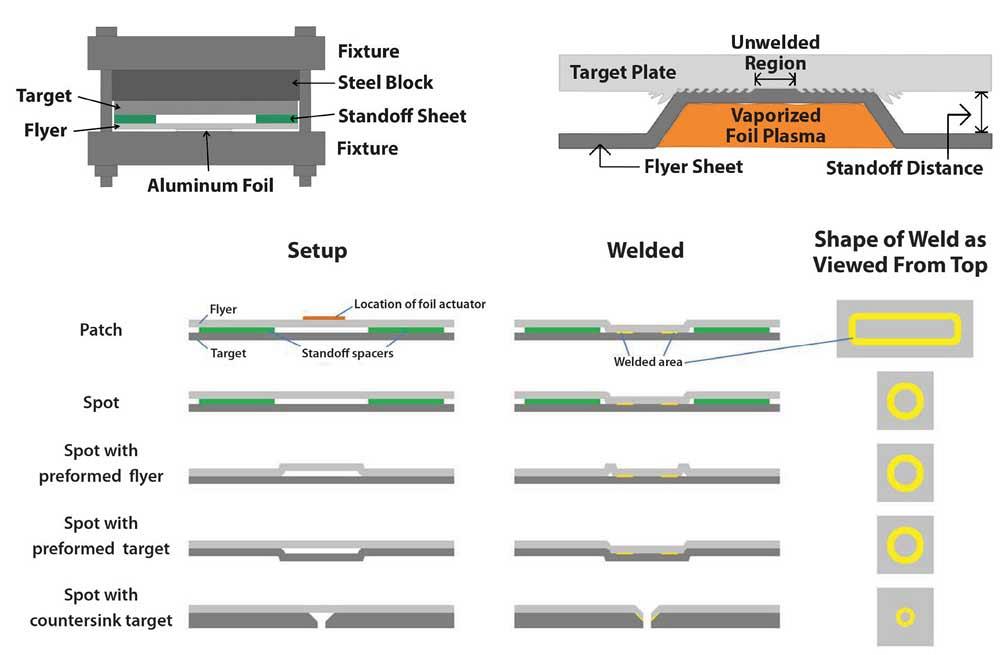


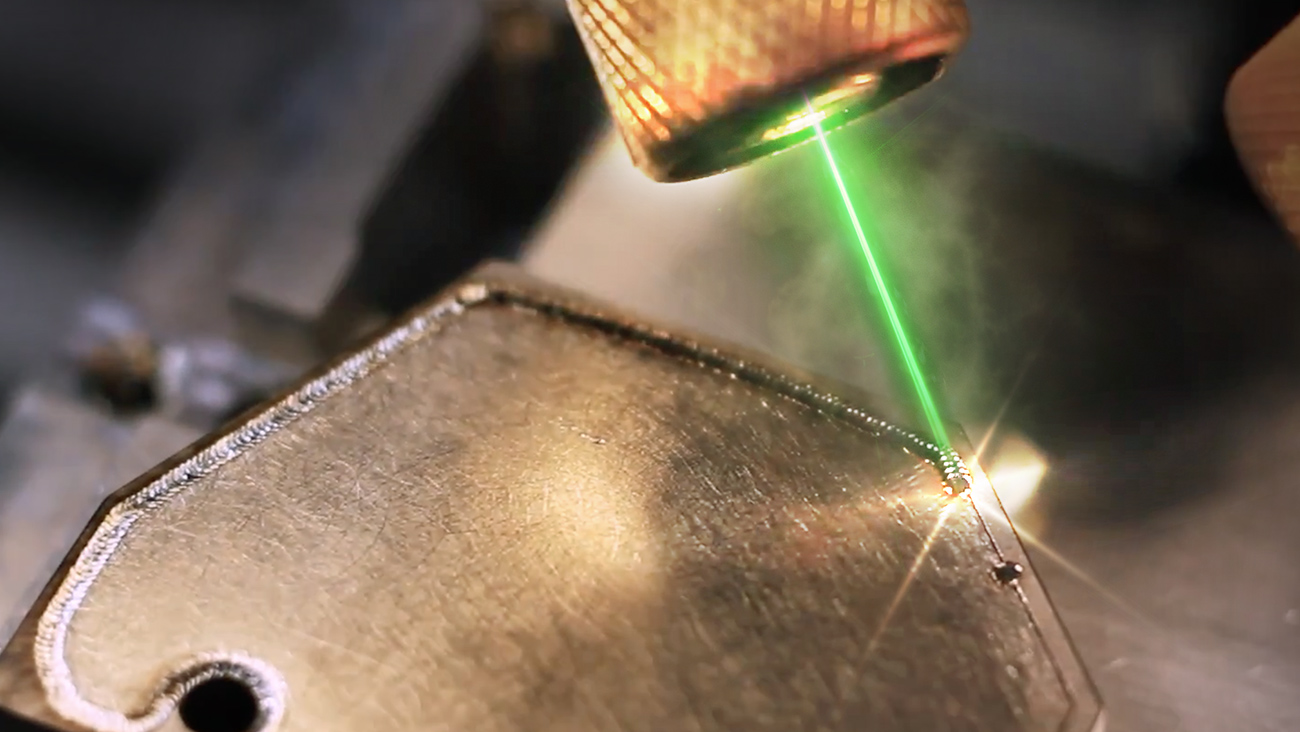

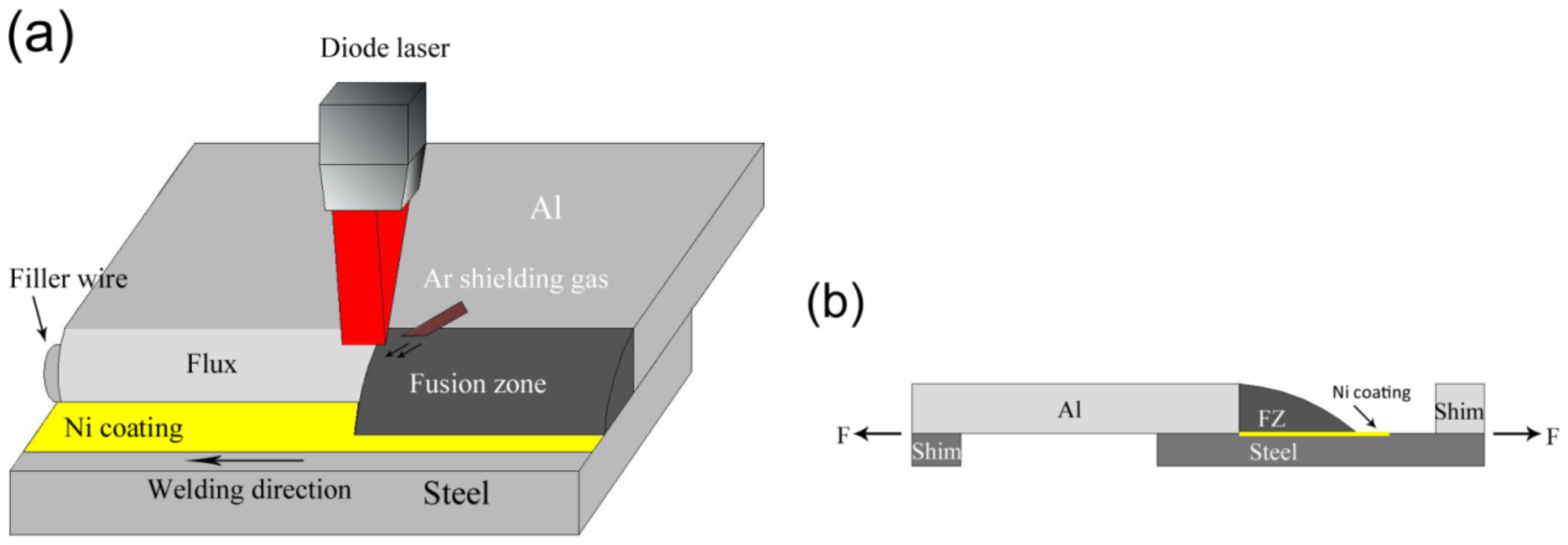









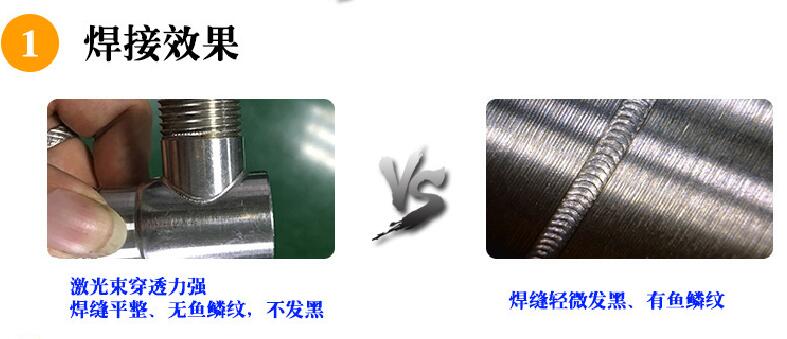


















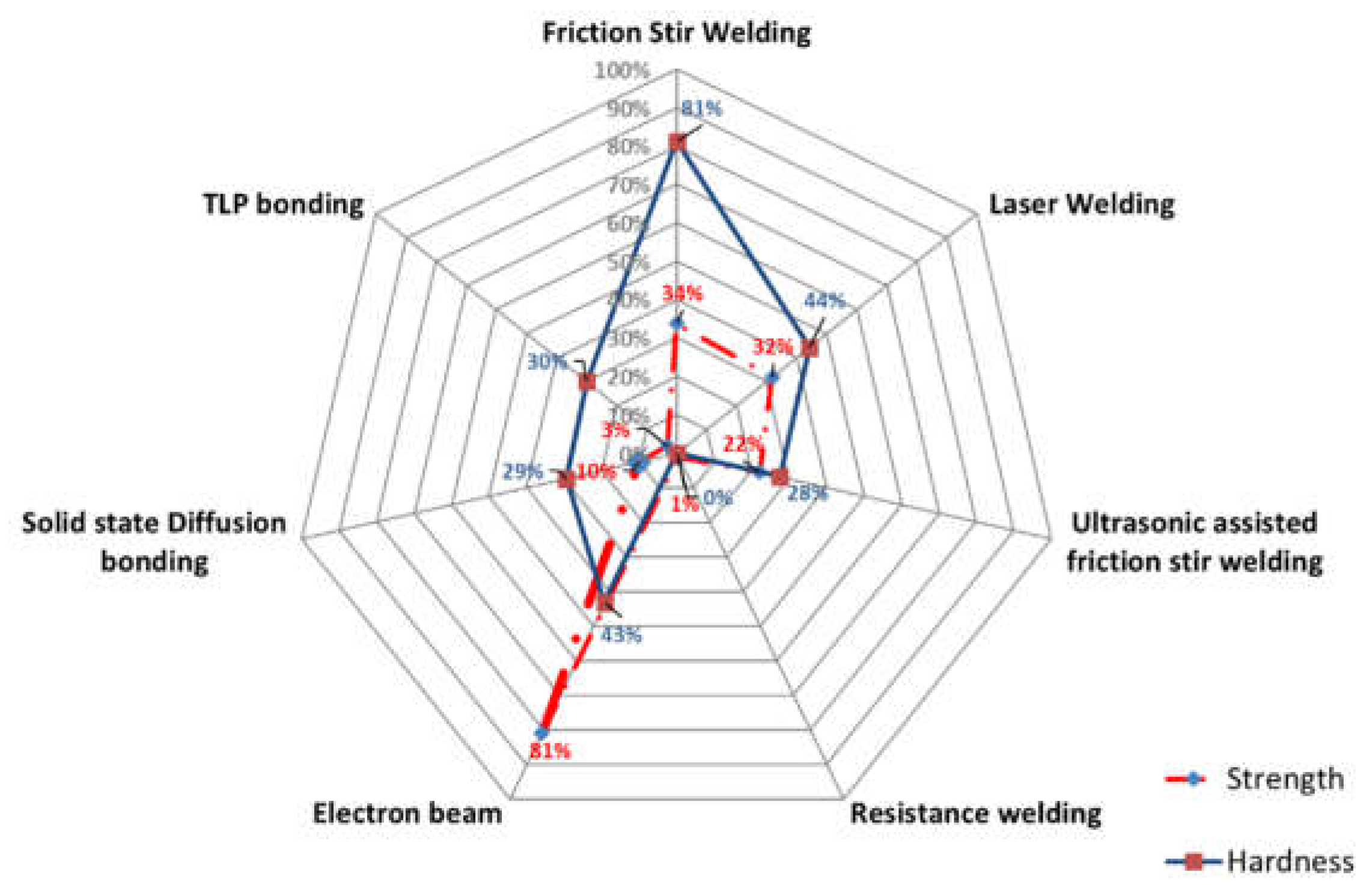







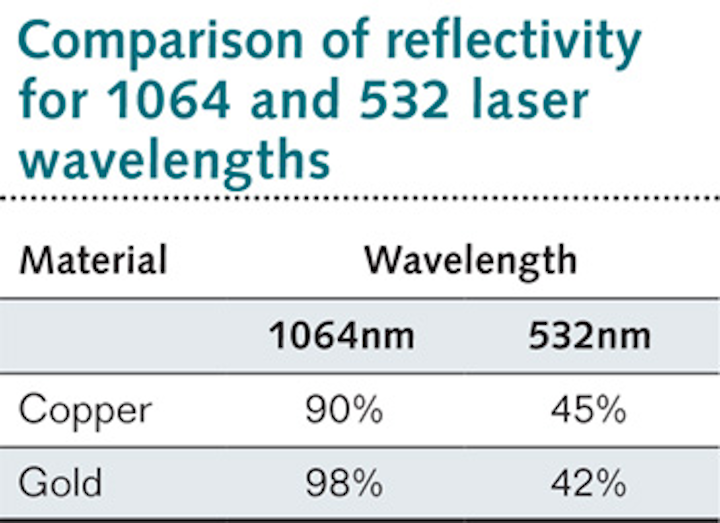

.jpg)